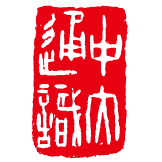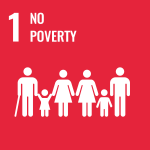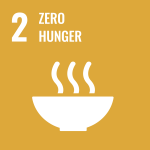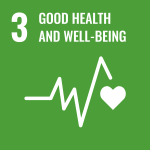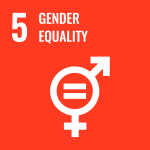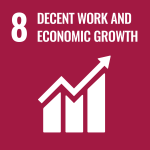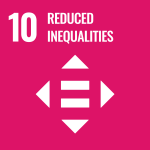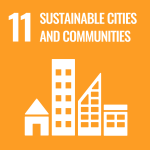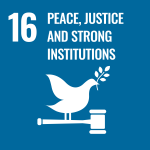UGEC2033 Challenges of World Population
Time
Lecture: Fridays 02:30 p.m. — 05:15p.m.
Instructor
Professor TONG Yuying
Course Description
This course provides an overview of the key challenges of the world population [in the 21st century]. For example, aging or overpopulation in urban cities, environmental degradation, food and water resource crisis, large-scale voluntary and involuntary migration, and spread of communicable disease. A key goal of the course is to map out the linkages between population patterns, trends, and some of the socio-economic issues that occur locally, nationally, and at the global level which bring great challenges to our society.
You will learn the concepts, theories, and data essential in the scientific study of the size, composition, and spatial distribution of human populations; and the changes that occur in these phenomena through the processes of fertility, mortality, and migration. You will gain an understanding of the roots of population structures, processes, and the consequences for individuals, family, and societies, and how it will affect and be affected by natural resources availability or depletion and health care system. Students will acquire the basic ability to analyze, explain and present the potential crisis facing the population system.
In particular, this course will stimulate students’ interest in understanding how the population could be linked to sustainable development, and reflect on the relationship between population growth and availability of resources, as well as the relationship between population and social institutional arrangements such as child and old care support, job supply and public asset distribution. In the end, students will learn to apply their skill and knowledge in proposing solutions for solving population-related challenges for achieving Sustainable Development Goals (SDGs), for example, zero hunger and no poverty, good health and well-being, reducing social inequality including gender inequality, maintaining decent work and economic development while developing more sustainable cities and communities.
Learning Outcome
- To stimulate students’ interest in understand how population could be linked to sustainable development. In particular, the relationship between population growth the and availability of resources, as well as the relationship between population and social institutional arrangement such as child and old care support, job supply as well as public asset distribution.
- To learn the basic demographic indices and techniques to understand the trend and pattern of population development.
- To stimulate and investigate the potential solutions for solving population related challenges for sustainable development such as the constraint in the natural resources, the benefits and limitation of urbanization and social inequality in facing population challenges.
- To evaluate the barriers to the implementation of the solutions such political struggling among different stakeholders.
- To help students be prepared for a lifetime of reflective study of changes impact on their own life.

